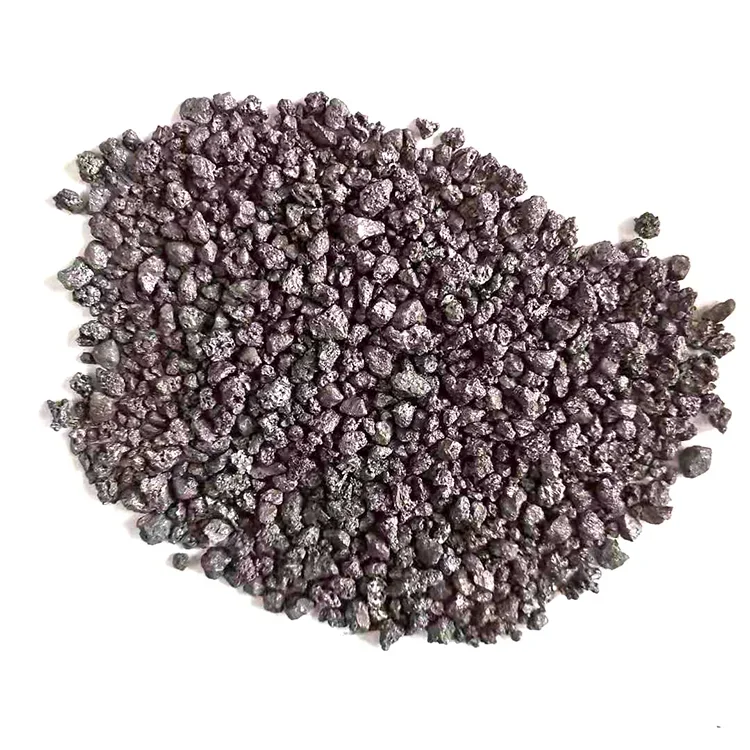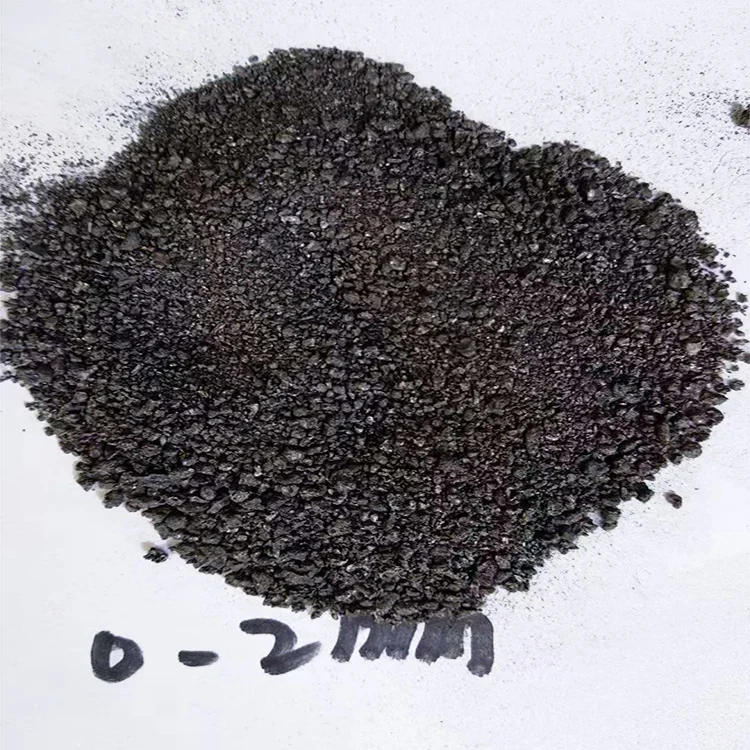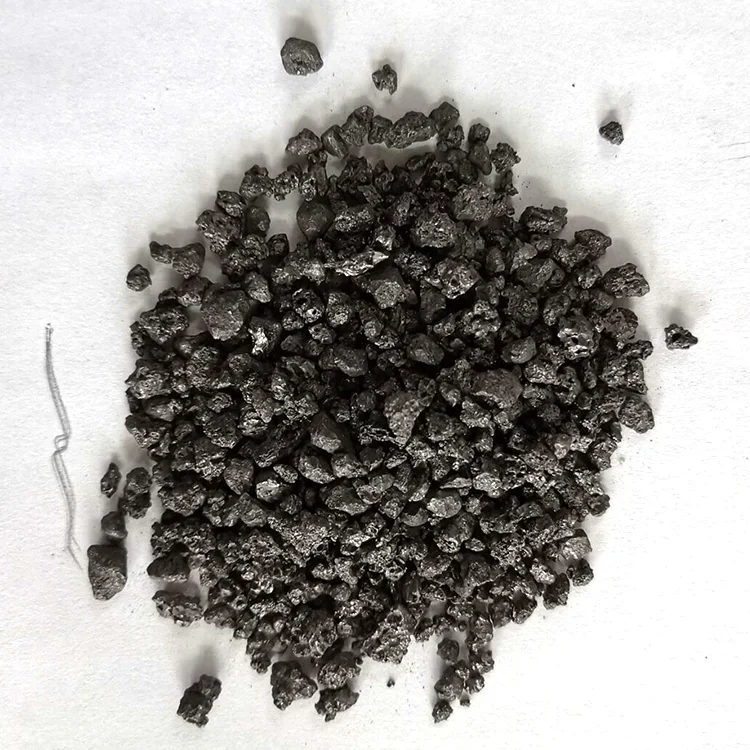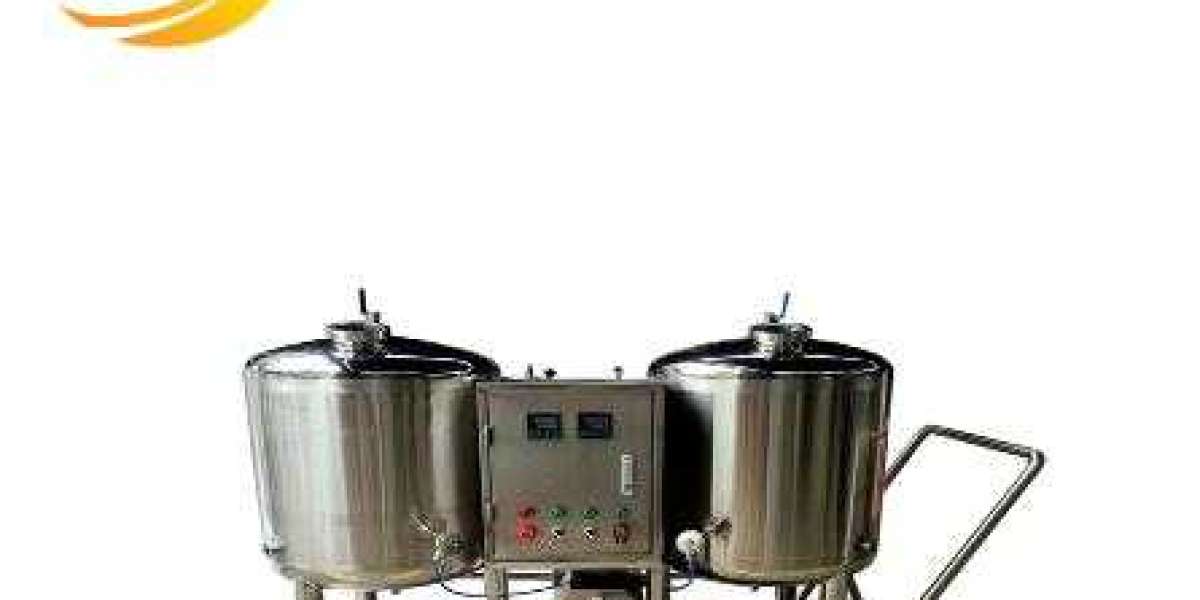Graphitized Petroleum Coke (GPC) is a highly versatile product that has gained significant popularity in various industrial applications. Derived from petroleum coke through a high-temperature graphitization process, GPC possesses exceptional properties that make it a preferred choice in industries such as metallurgy, foundry, and carbon products. In this article, we will explore the superior properties of graphitized petroleum coke and its diverse applications in modern industries.
1.Understanding Graphitized Petroleum Coke
1.1 Definition and Formation:
https://www.furnacecharge.com/Graphitized-petroleum-coke.html is produced by heating petroleum coke to high temperatures (over 2,500 degrees Celsius) in the presence of a catalyst. This process transforms the amorphous carbon structure of petroleum coke into a highly ordered and crystalline graphite structure. The resulting product, GPC, has a high carbon content (above 99%) and exhibits superior properties compared to its precursor.
1.2 Key Properties:
Graphitized Petroleum Coke possesses several key properties that make it an attractive choice for industrial applications. These properties include high carbon content, low sulfur and nitrogen content, low ash content, excellent thermal conductivity, and high electrical conductivity. Let's delve deeper into each of these properties to understand their significance.

2.High Carbon Content
2.1 Superior Carbon Structure:
Graphitized Petroleum Coke has a highly ordered and crystalline graphite structure, resulting in a high carbon content of above 99%. This high carbon content makes GPC an excellent carbon source for various industrial processes, including steelmaking, casting, and carbon products manufacturing.
2.2 Improved Strength and Hardness:
The high carbon content of GPC contributes to increased strength and hardness in the final product. This makes it ideal for applications that require materials with exceptional mechanical properties, such as the production of carbon electrodes and cathodes.
3.Low Sulfur and Nitrogen Content
3.1 Reduced Environmental Impact:
Graphitized Petroleum Coke has extremely low sulfur and nitrogen content, which is advantageous in terms of environmental impact. Low sulfur and nitrogen content minimize emissions of sulfur dioxide (SO2) and nitrogen oxides (NOx) during industrial processes, contributing to cleaner and greener production practices.
3.2 Enhanced Material Performance:
The low sulfur and nitrogen content of GPC also have a positive impact on the performance of materials in which it is incorporated. These impurities can adversely affect the properties of carbon products, such as electrodes, by reducing their electrical conductivity and increasing potential chemical reactions. The low impurity content of GPC ensures optimal performance and longevity of carbon products.
4.Low Ash Content
4.1 Reduced Contamination:
Graphitized Petroleum Coke has a very low ash content, typically below 0.5%. This low ash content minimizes contamination in industrial processes, especially in steelmaking and foundry applications where impurities can negatively impact the quality of the final product.
4.2 Improved Thermal Efficiency:
The low ash content of GPC also contributes to improved thermal efficiency in various applications. Ash has poor thermal conductivity compared to carbon, so a lower ash content allows for better heat transfer and distribution, resulting in more efficient processes.

5.Excellent Thermal Conductivity
5.1 Efficient Heat Transfer:
Graphitized Petroleum Coke exhibits exceptional thermal conductivity, which is a critical property in many industrial applications. The high thermal conductivity of GPC allows for efficient heat transfer, making it ideal for use in applications such as refractories, heat exchangers, and thermal management systems.
5.2 Temperature Resistance:
The high thermal conductivity of GPC also enables it to withstand high temperatures without significant degradation or deformation. This property is essential in applications where materials are exposed to extreme heat, such as in the production of crucibles, electrodes, and furnace linings.
6.High Electrical Conductivity
6.1 Conductive Properties:
Graphitized Petroleum Coke possesses high electrical conductivity due to its ordered graphite structure and high carbon content. This makes it an excellent choice for applications that require materials with good electrical conductivity, such as in the production of carbon electrodes for electric arc furnaces and lithium-ion battery anodes.
6.2 Enhanced Performance:
The high electrical conductivity of GPC ensures efficient and reliable performance of electrical and electronic systems. It allows for the rapid and efficient flow of electric current, minimizing resistance and power losses.
7.Diverse Industrial Applications
7.1 Steelmaking and Casting:
Graphitized Petroleum Coke is widely used in the steelmaking and casting industries as a carbon additive. It enhances the carbon content of steel and cast iron, improving their mechanical properties and reducing the need for costly alloying elements. GPC also aids in reducing the sulfur content in steel, contributing to improved steel quality.
7.2 Carbon Products Manufacturing:
Graphitized Petroleum Coke is a crucial raw material in the production of carbon products such as electrodes, anodes, cathodes, and carbon blocks. Its superior properties, including high carbon content, low impurity levels, and excellent conductivity, ensure the optimal performance and durability of these carbon products.
7.3 Refractories:
The highthermal conductivity and temperature resistance of Graphitized Petroleum Coke make it an ideal material for refractory applications. It is commonly used in the production of refractory bricks, crucibles, and furnace linings, where it can withstand high temperatures and efficiently transfer heat.
7.4 Batteries:
The high electrical conductivity and low impurity content of GPC make it a valuable component in lithium-ion batteries. It is used as an anode material, providing excellent conductivity and stability, resulting in improved battery performance and longer lifespan.

Conclusion
Graphitized Petroleum Coke is a remarkable product that offers superior properties and versatility in a wide range of industrial applications. Its high carbon content, low sulfur and nitrogen content, low ash content, excellent thermal conductivity, and high electrical conductivity make it a preferred choice in industries such as metallurgy, foundry, carbon products manufacturing, refractories, and batteries. With its exceptional properties, GPC plays a vital role in enhancing the performance, efficiency, and sustainability of various industrial processes.








